After building the WEEDINATOR agricultural robot, we chose to take a small step backwards and look more closely at the more fundamental stuff like 'how is the robot going to communicate with our control center when in the middle of a large farm with no 4G reception'. We're pretty sure that we are going to need a combination of different technologies to get low latency video and data swirling around the farm. 4G, satellite and WIFI mesh will be part of the solution and the Quad-ROS-bot may well be the perfect beast for transporting the necessary radio equipment around the farm to provide a flexible communication network for larger, more specialised machines.
There's also quite a lot of work to be done with safety features to prevent agricultural robots bumping into other machines, buildings and animals. One of the detectors will be an in-house designed radar system which can be positioned around the machine to detect obstacles when going forwards, backwards and at full turning locks in both forwards and backwards, which adds up to at least 6 static sensors.
 GOAT INDUSTRIES
GOAT INDUSTRIES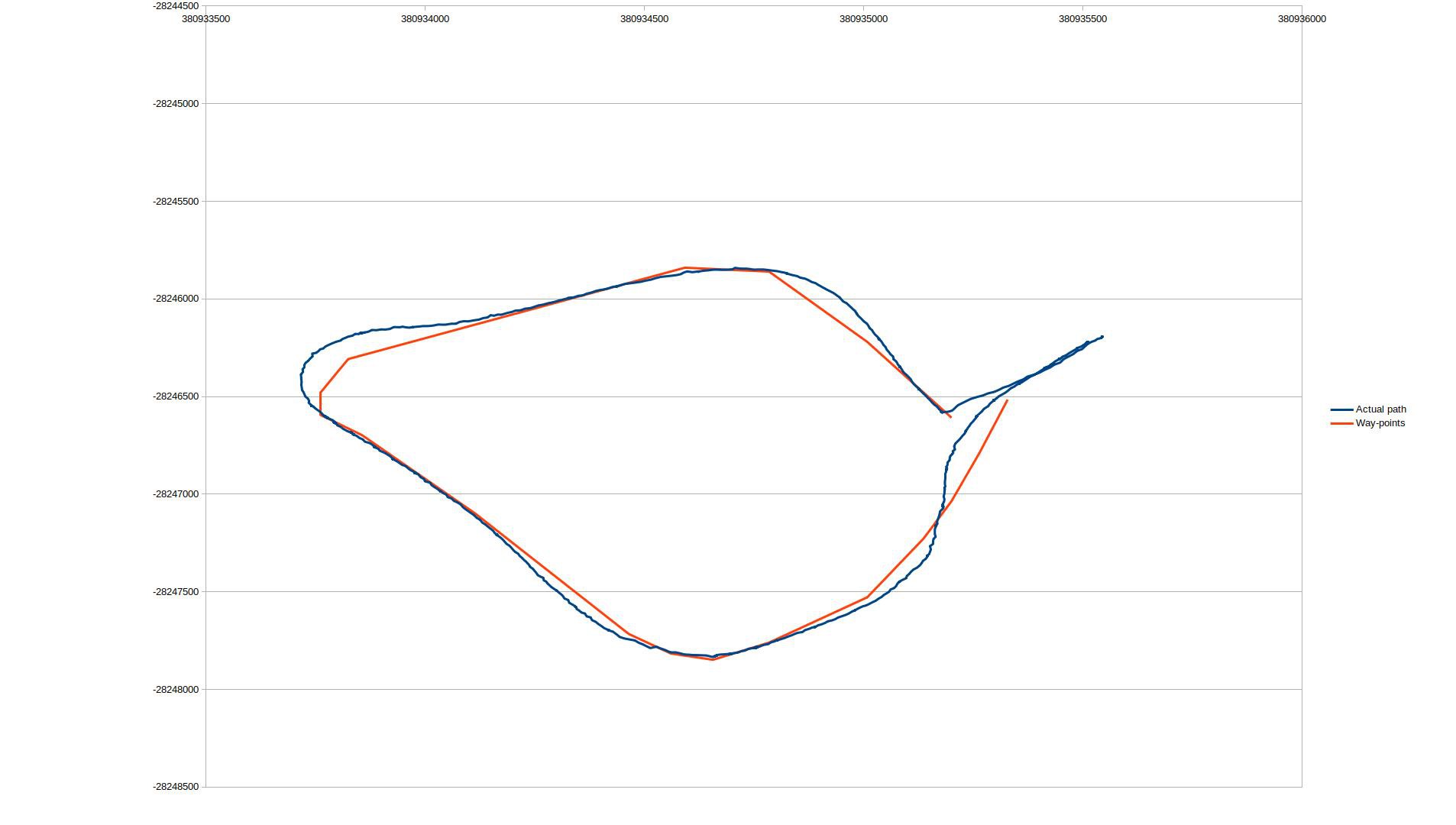
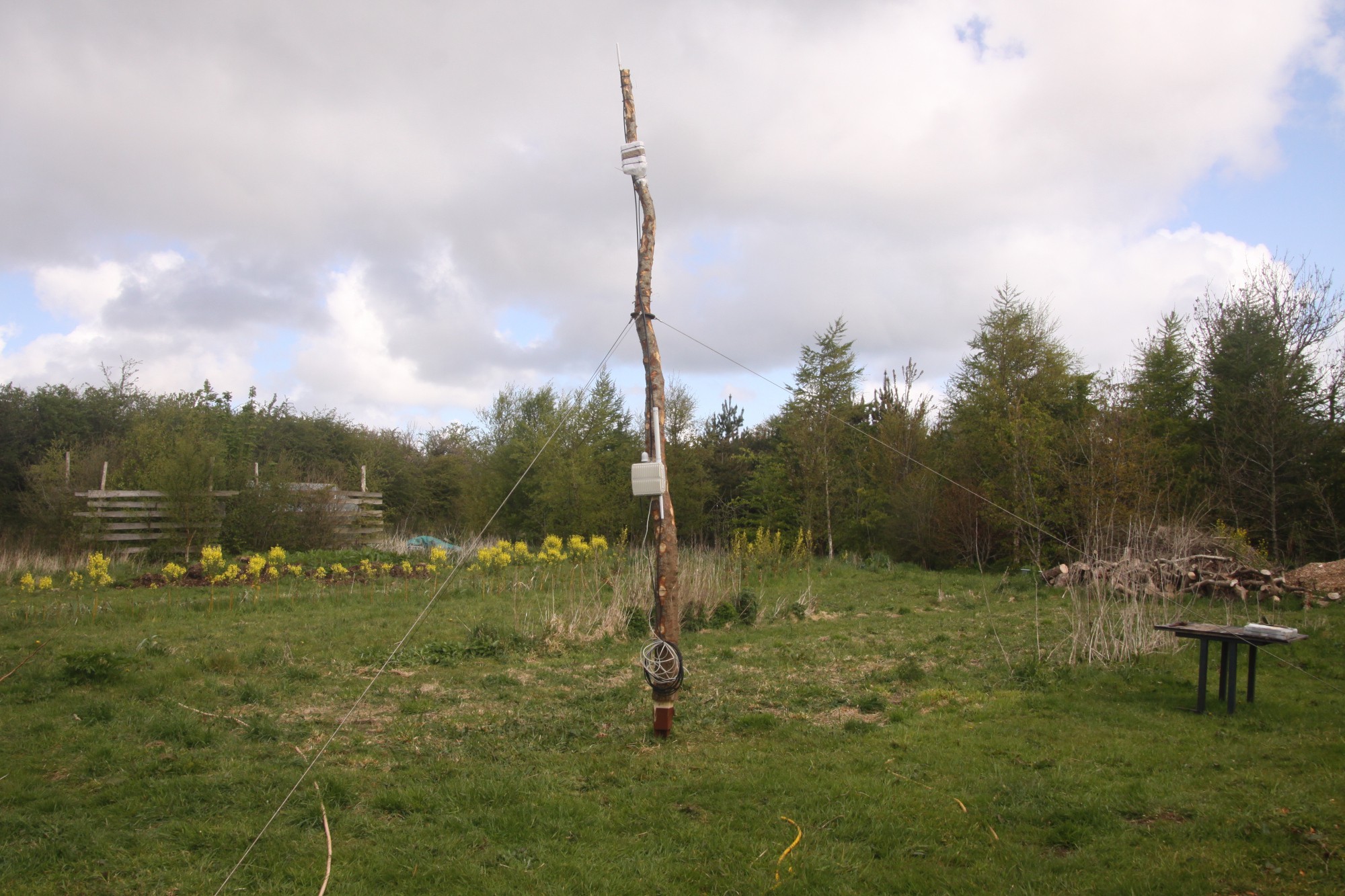
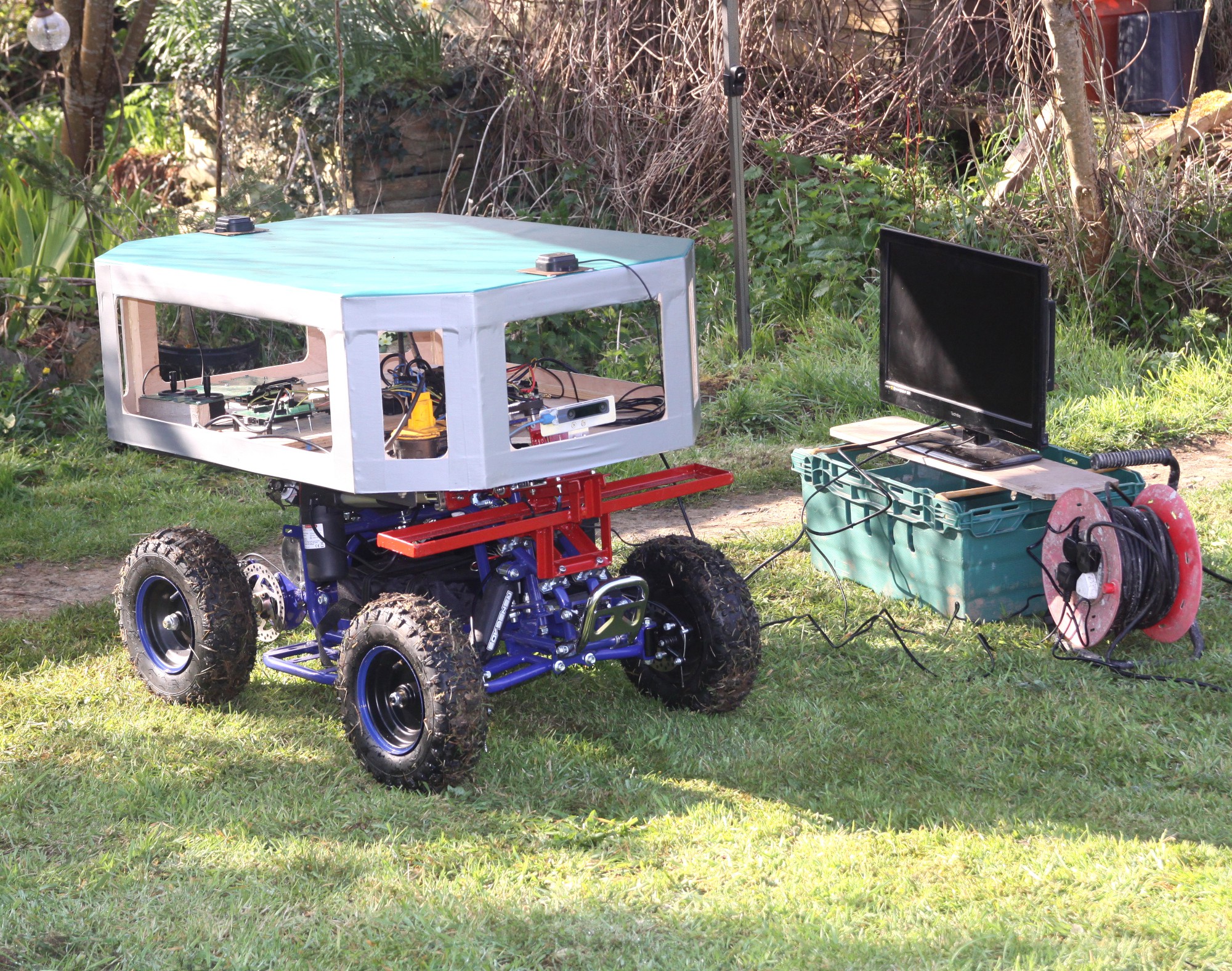
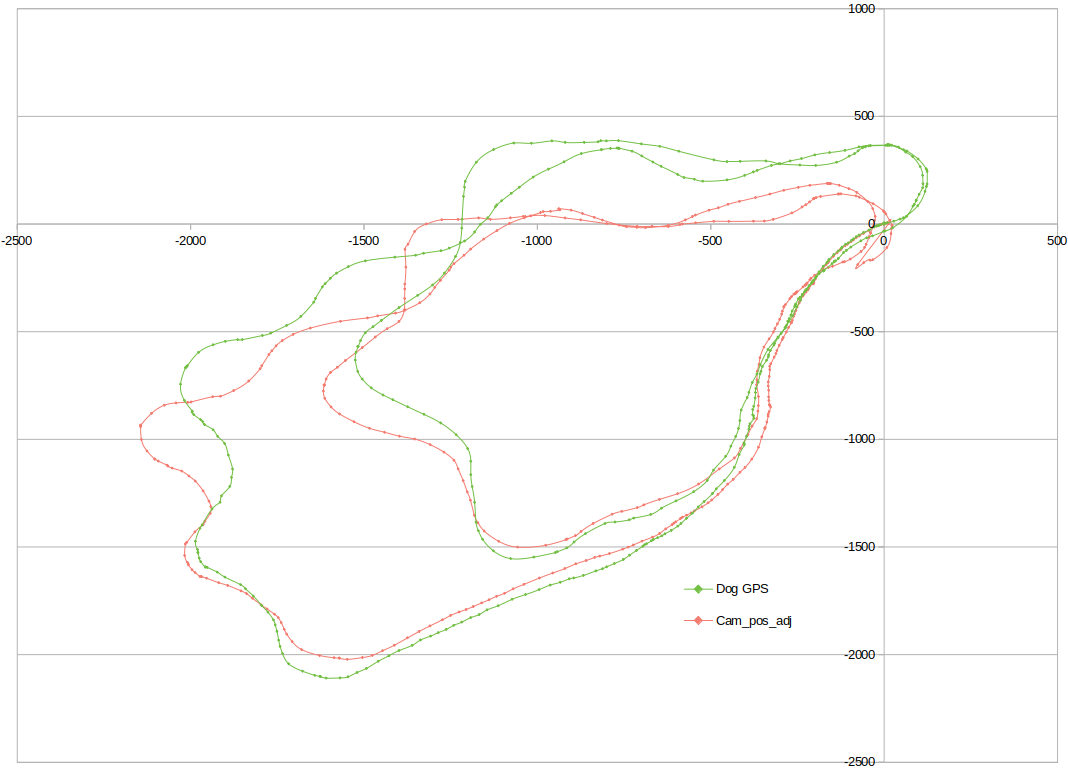


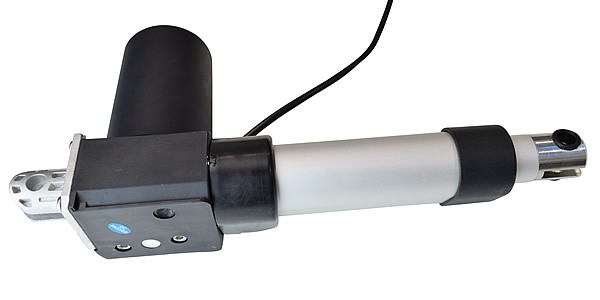
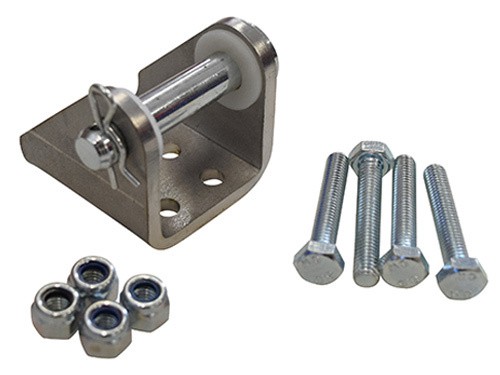
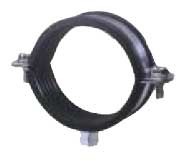
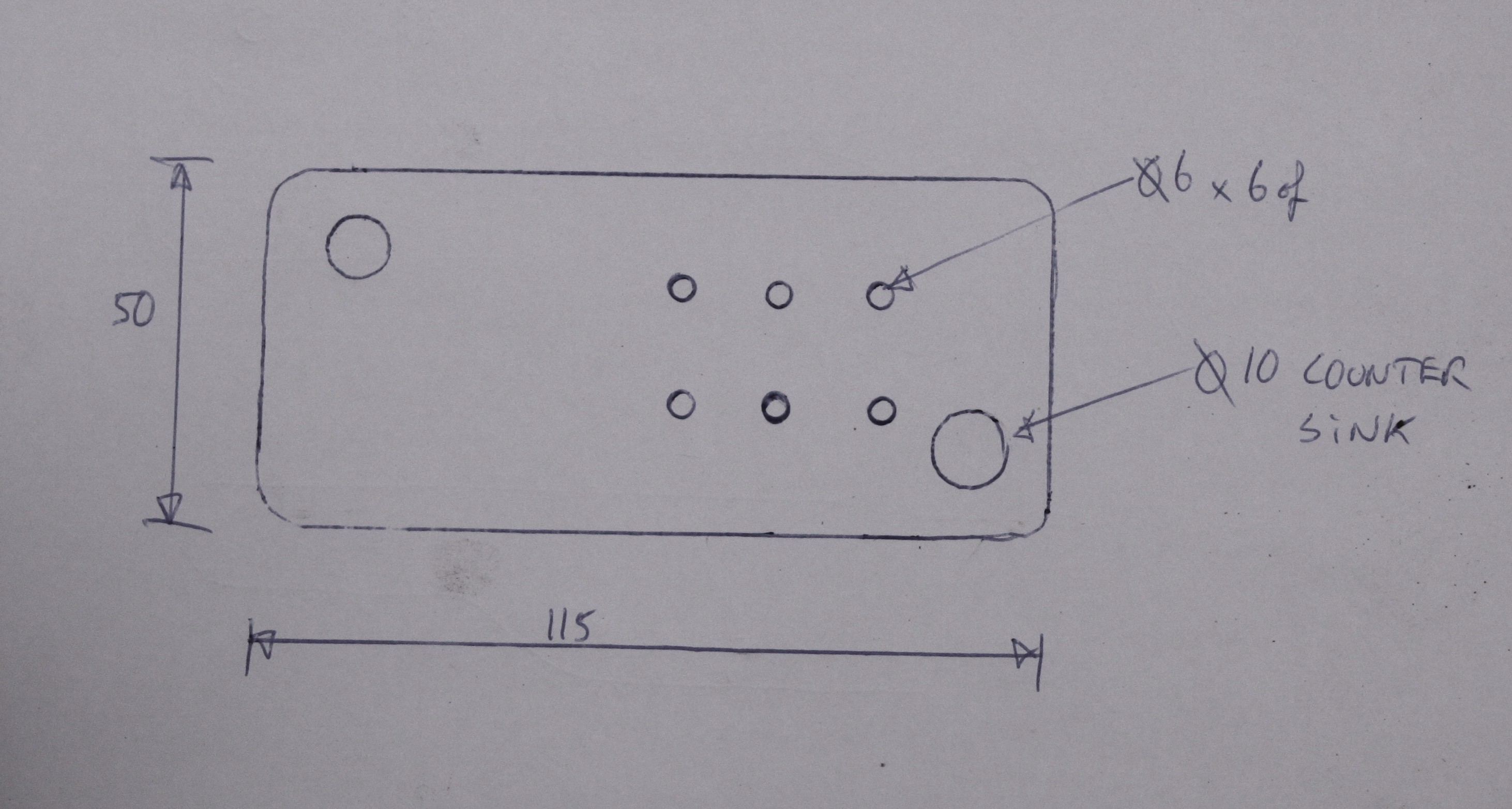
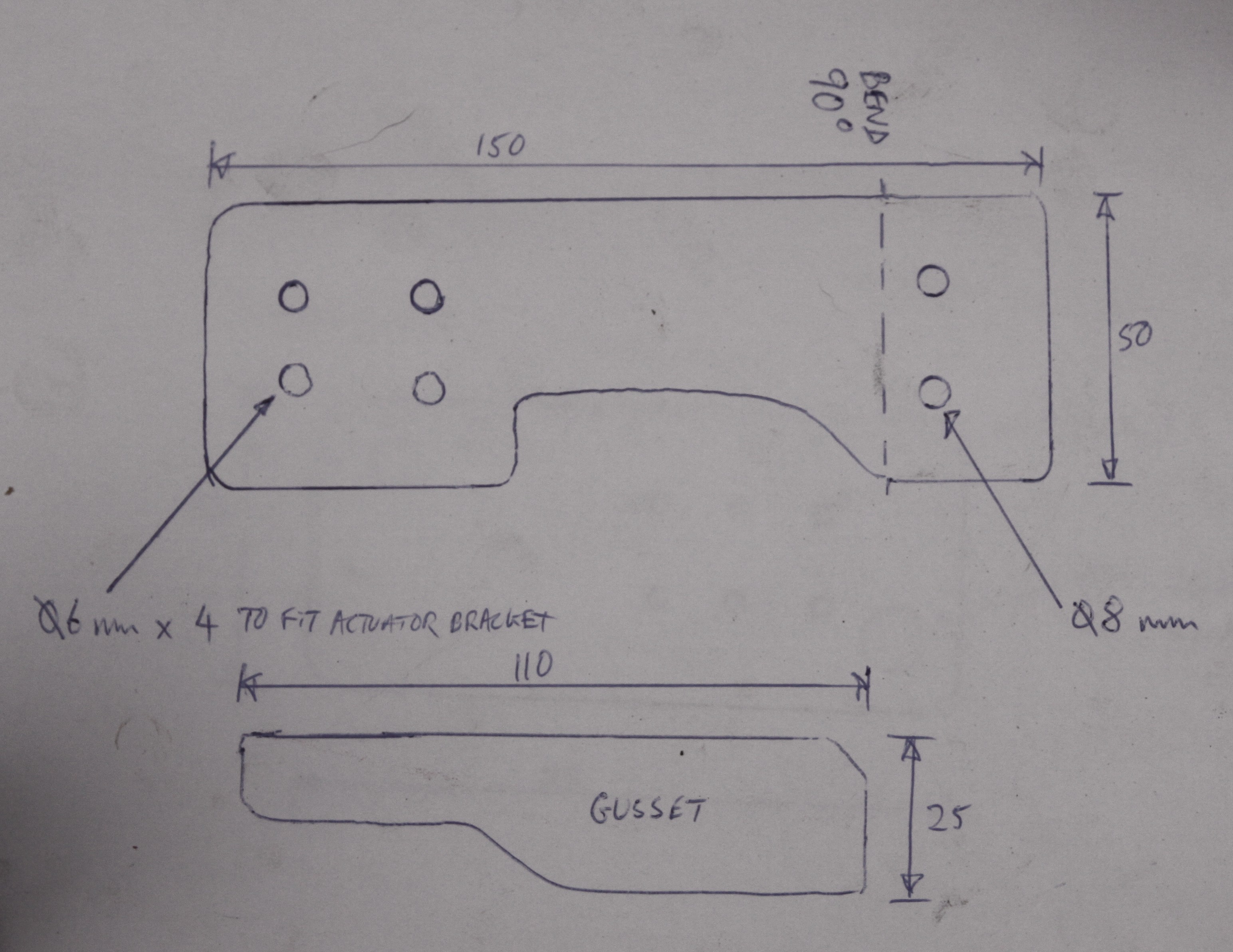
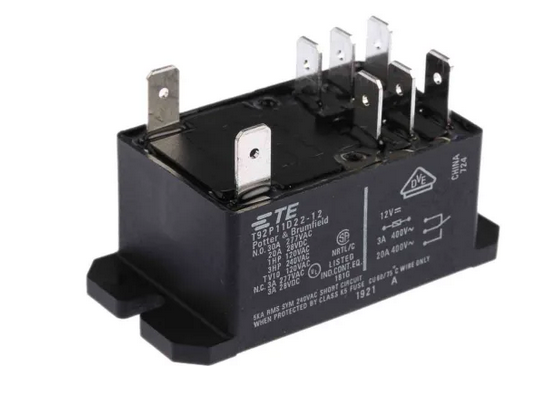
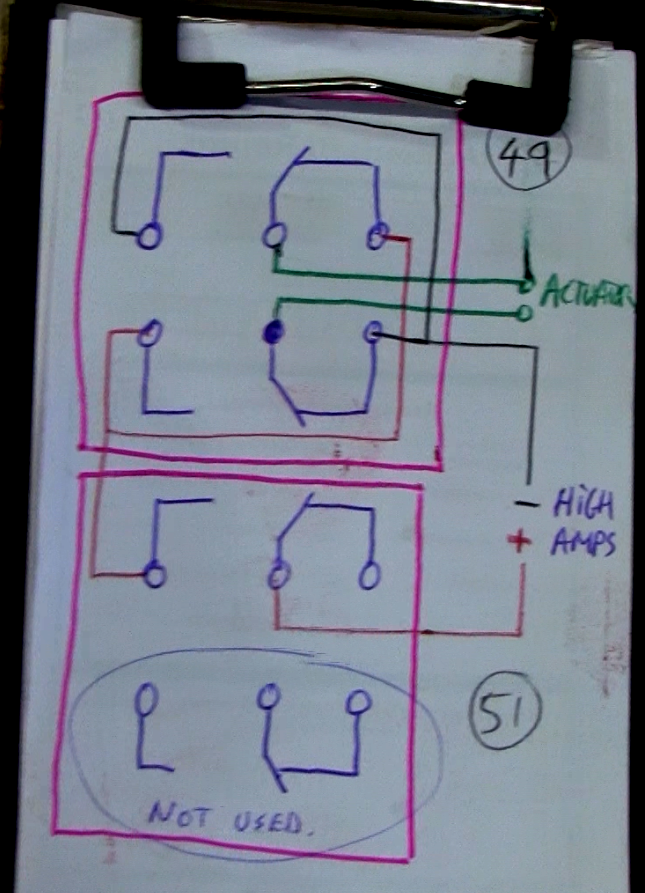
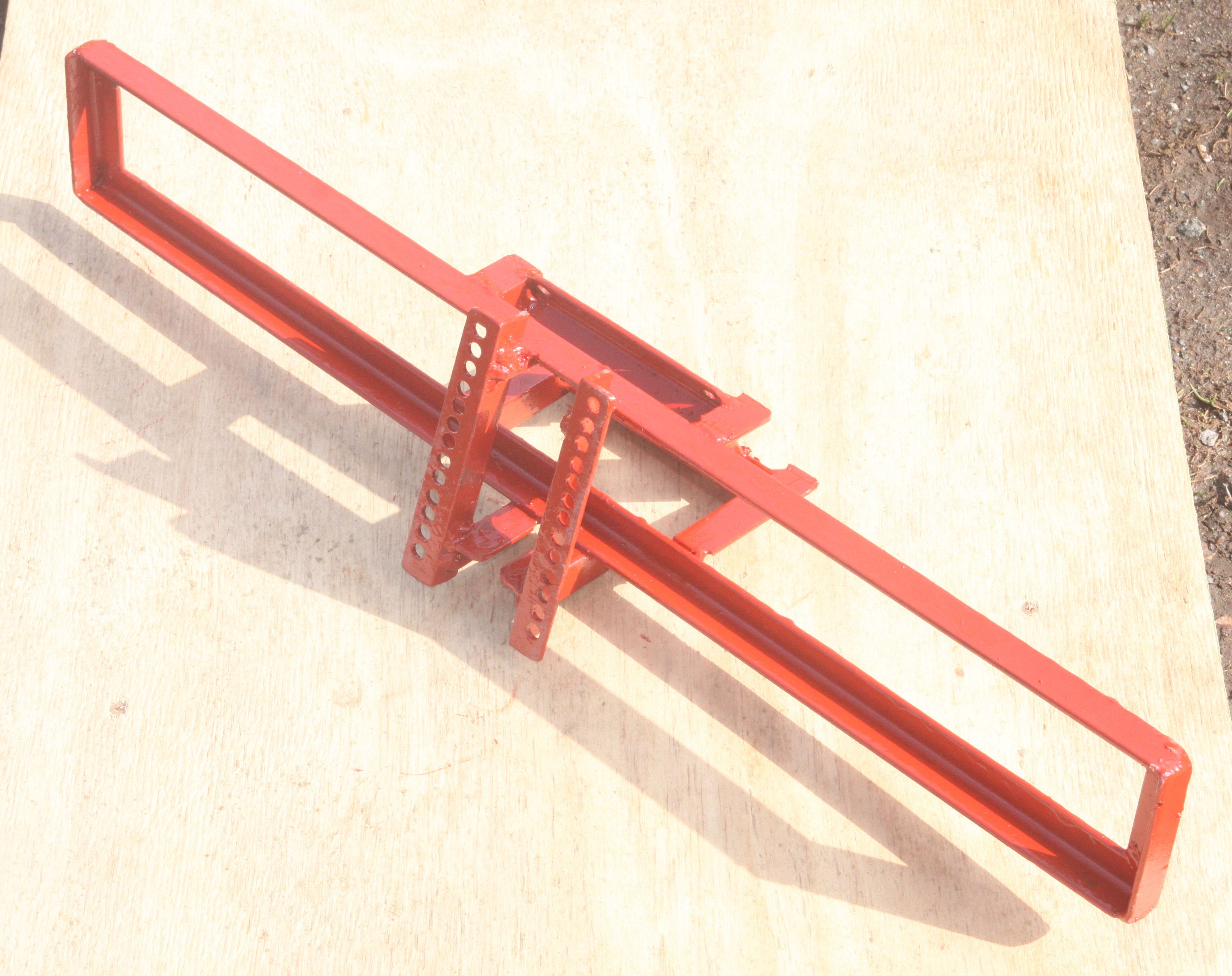
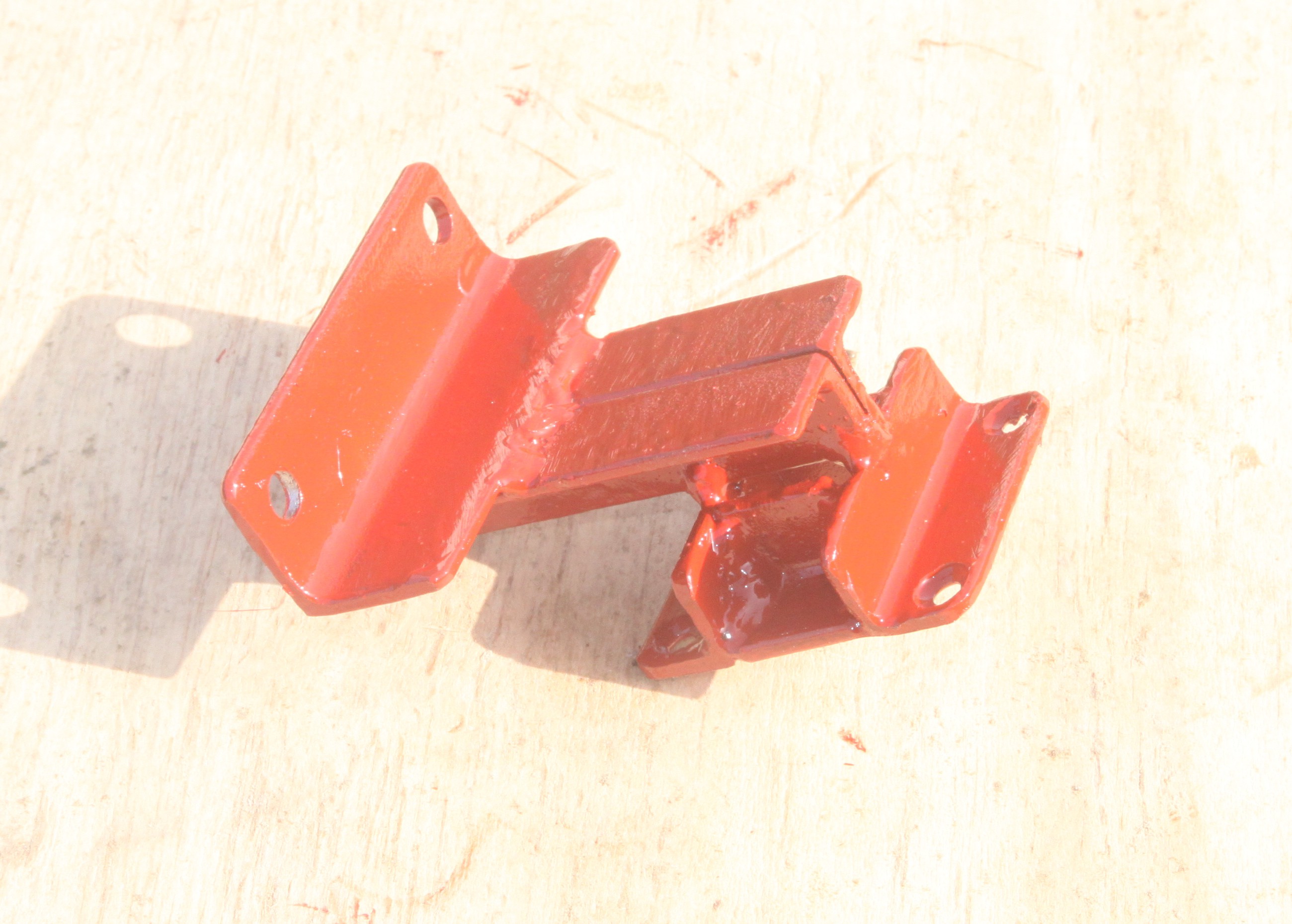
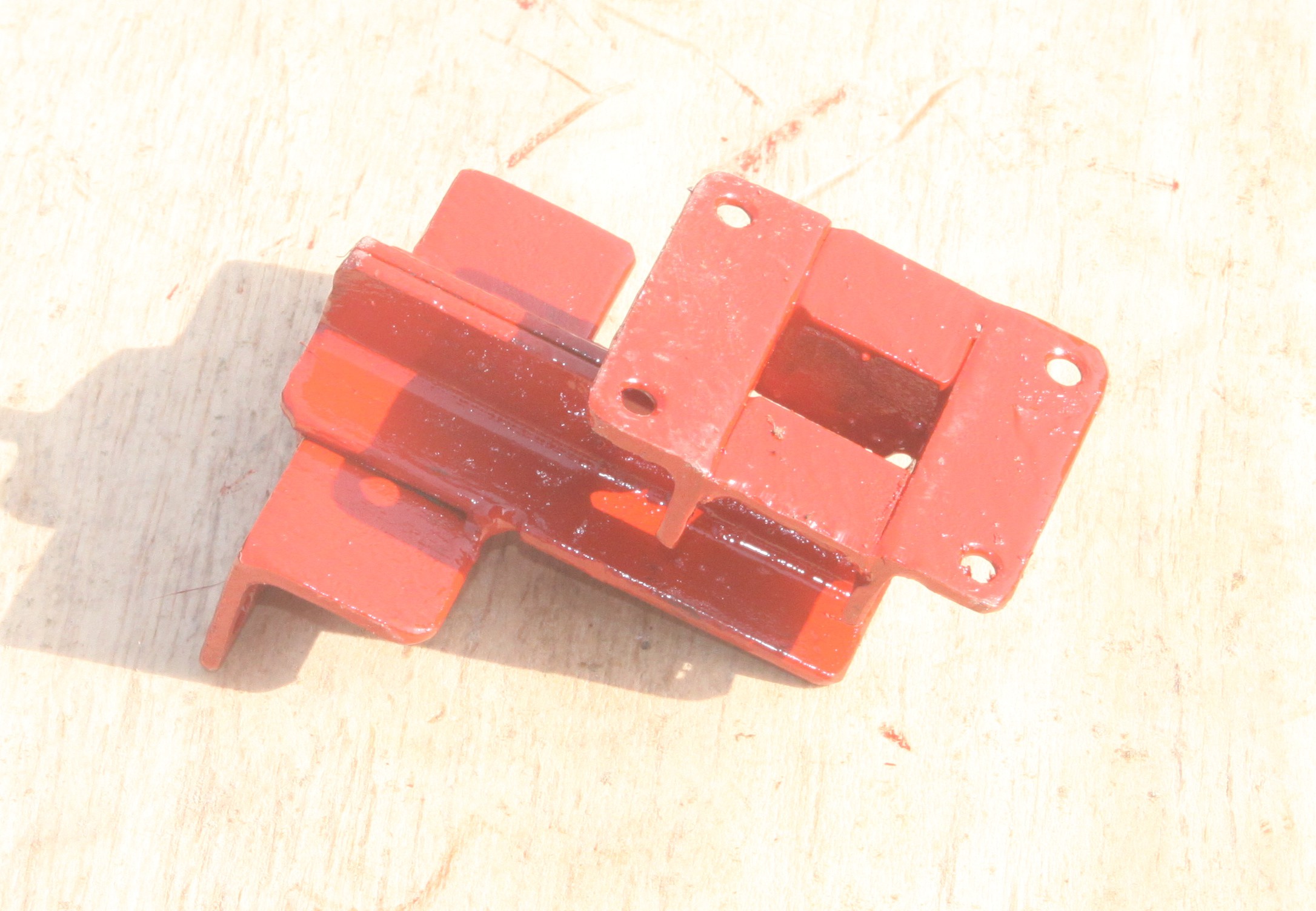
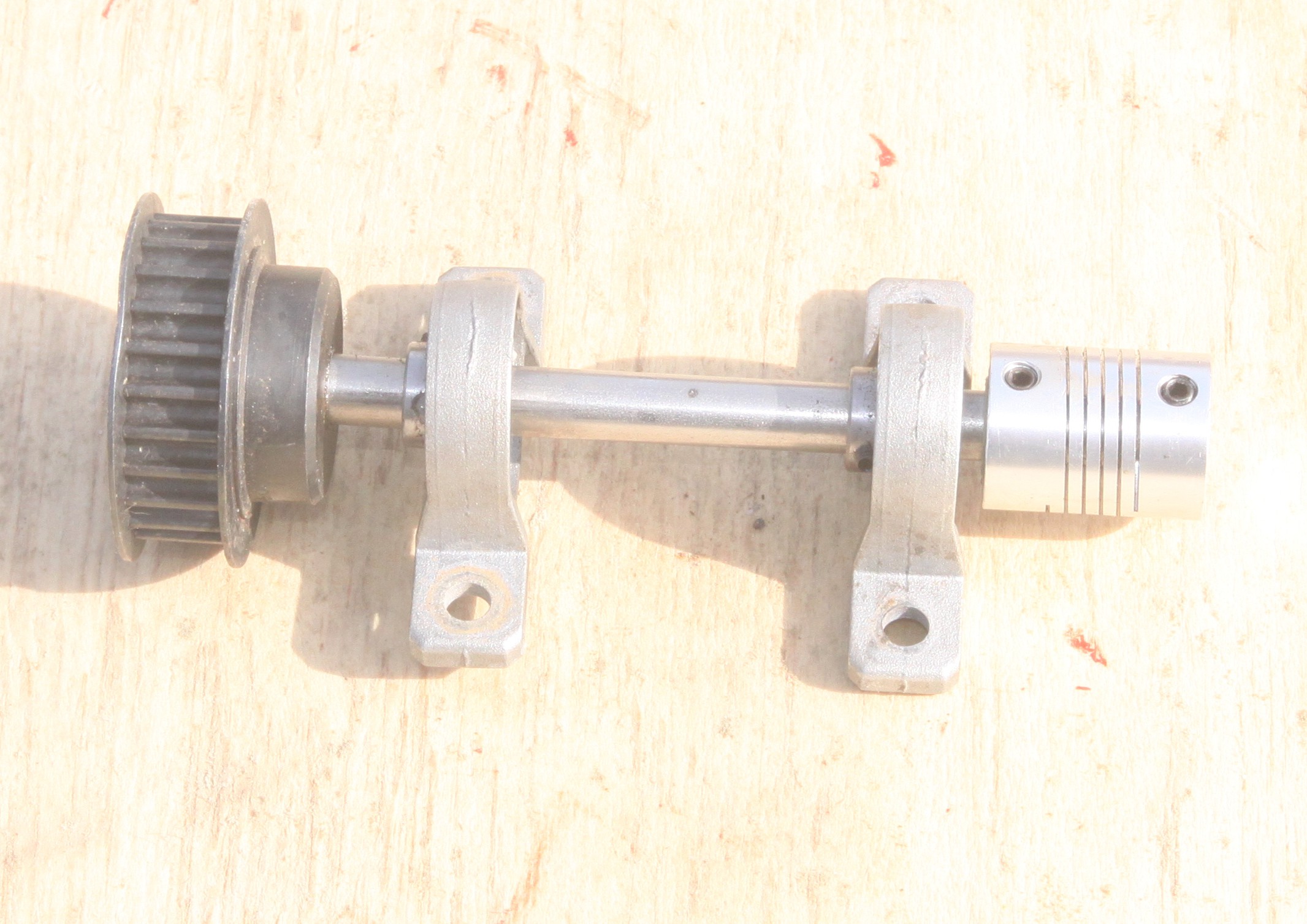
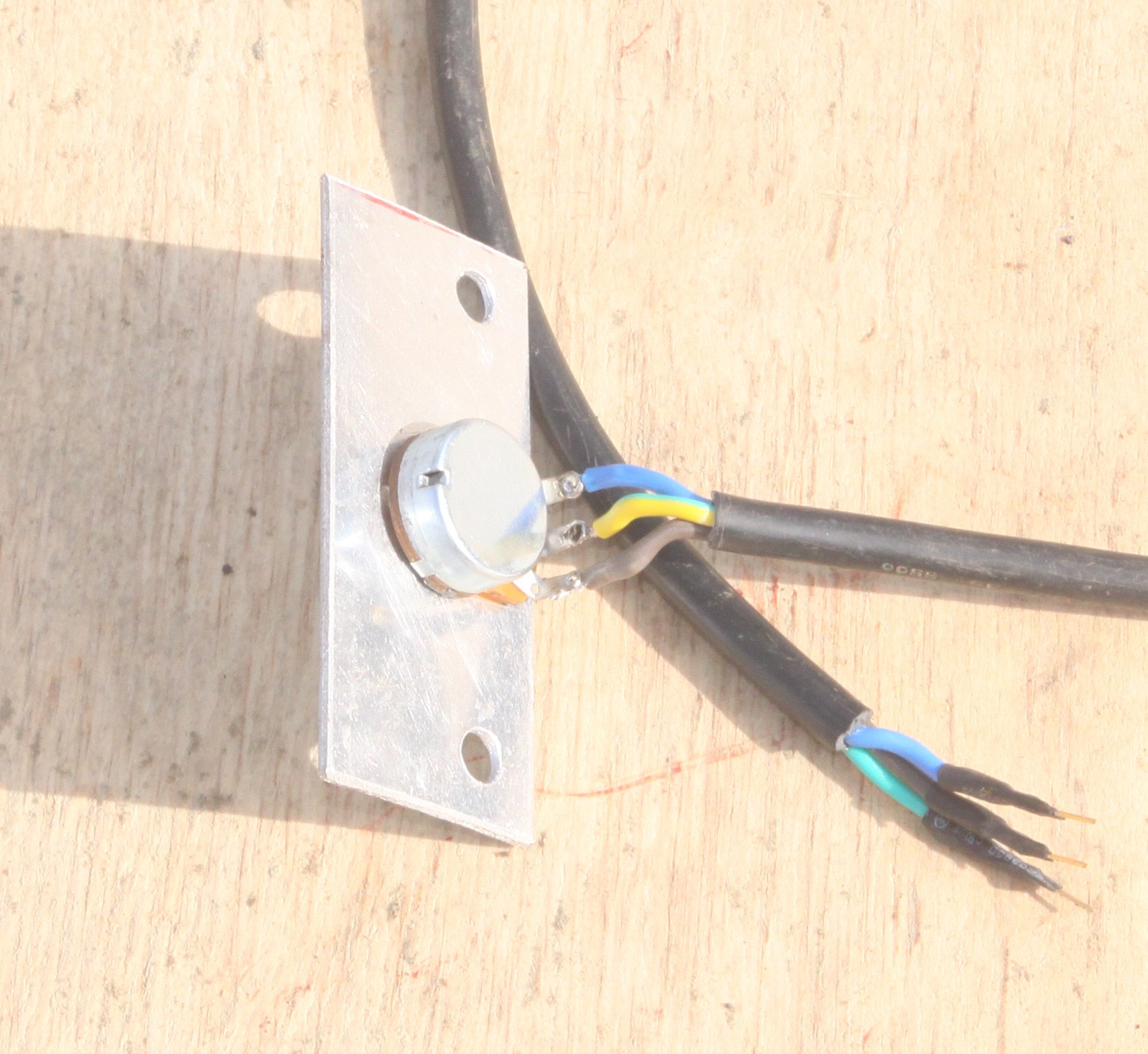

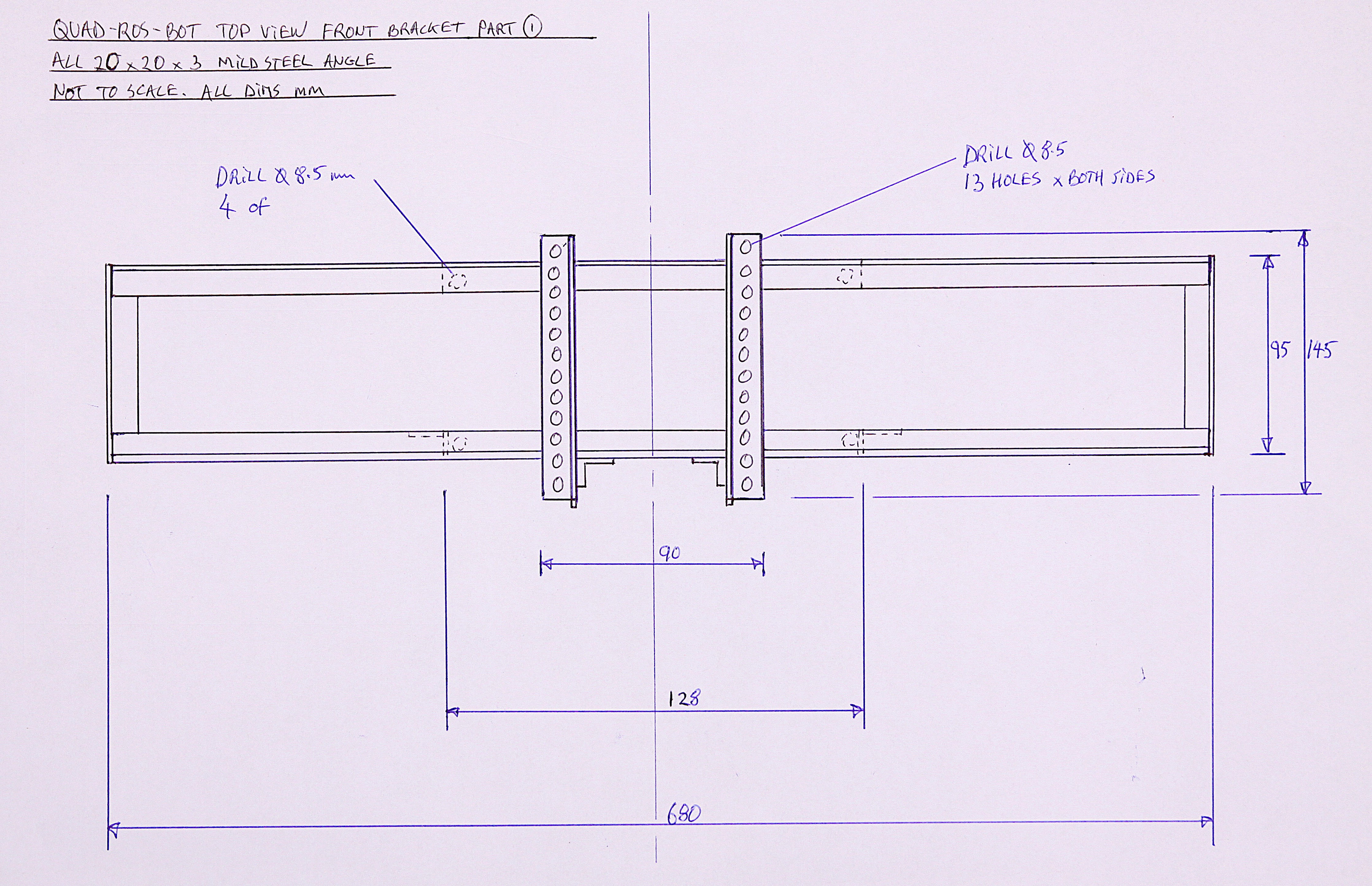
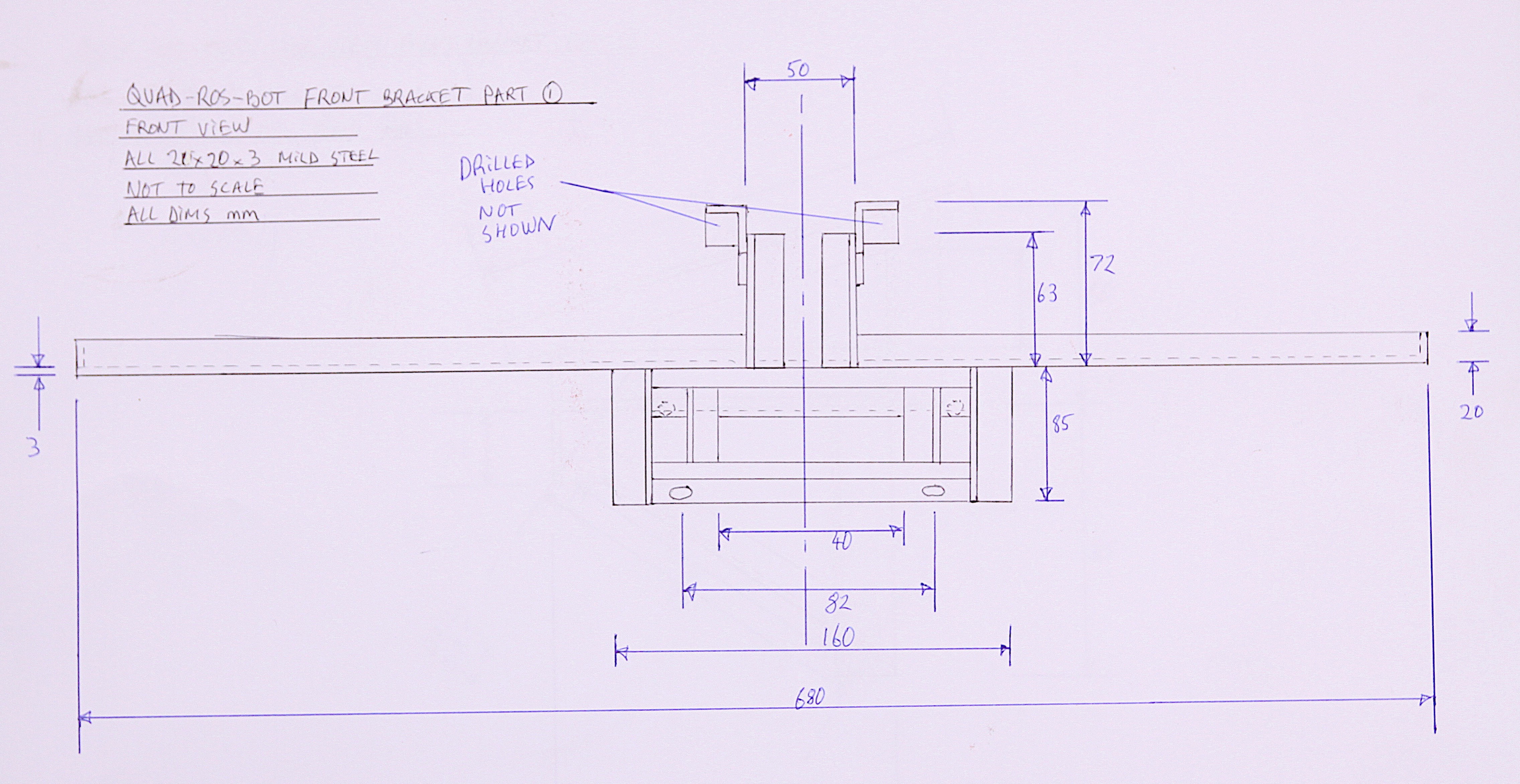
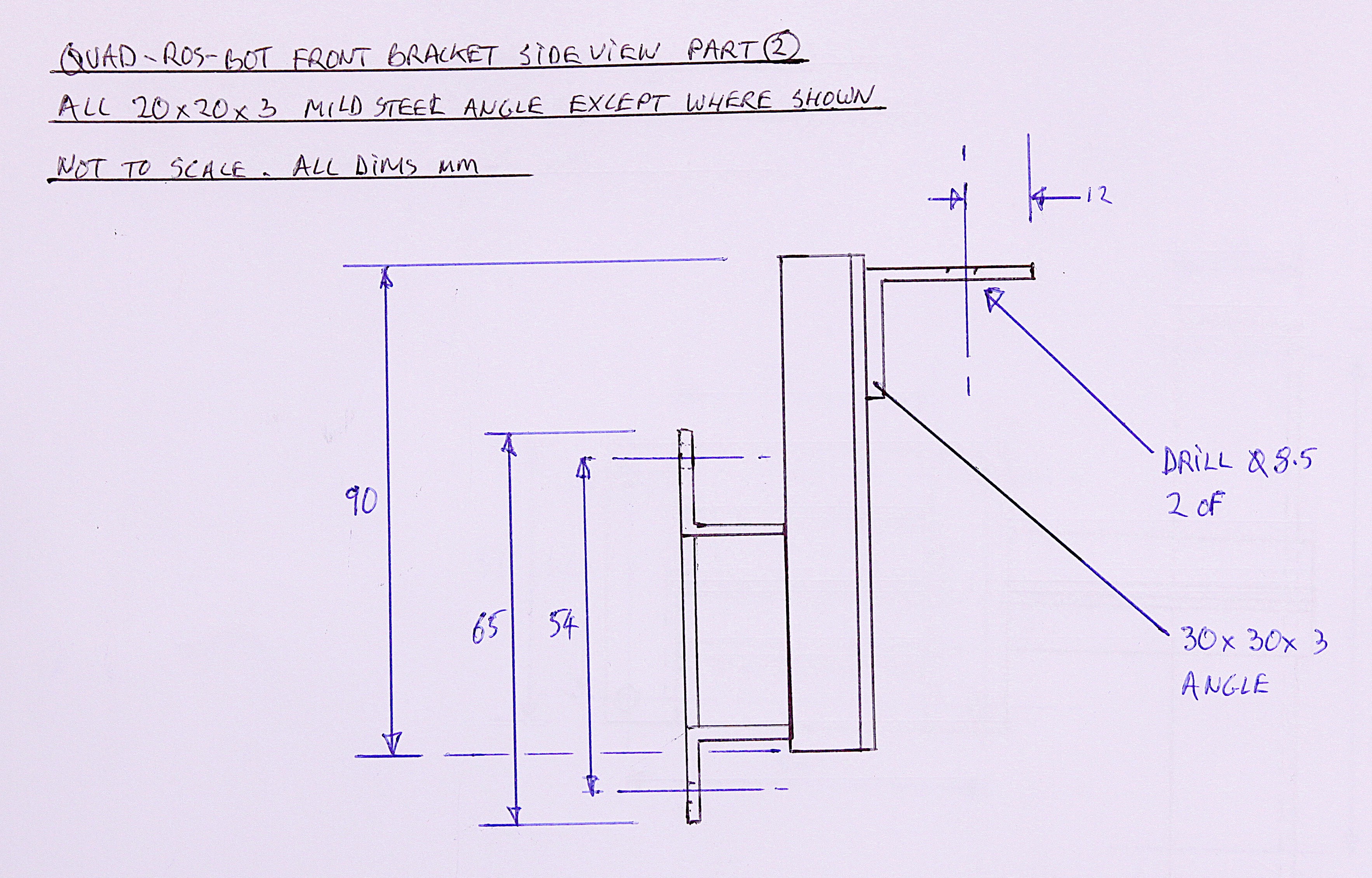




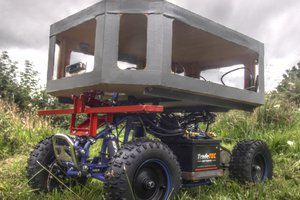
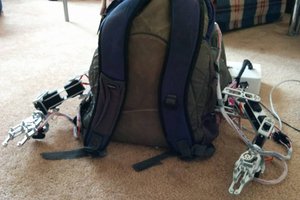
 prateekt
prateekt
 EK
EK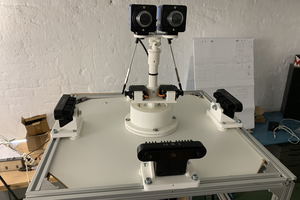
 BTom
BTom
Hi ! I am using a gas powered ATV. For the steering actuation I can use the Gimson Robotics GLA4000-S 12V DC Linear Actuator but what type of servo should I use for brake and throttle actuation.